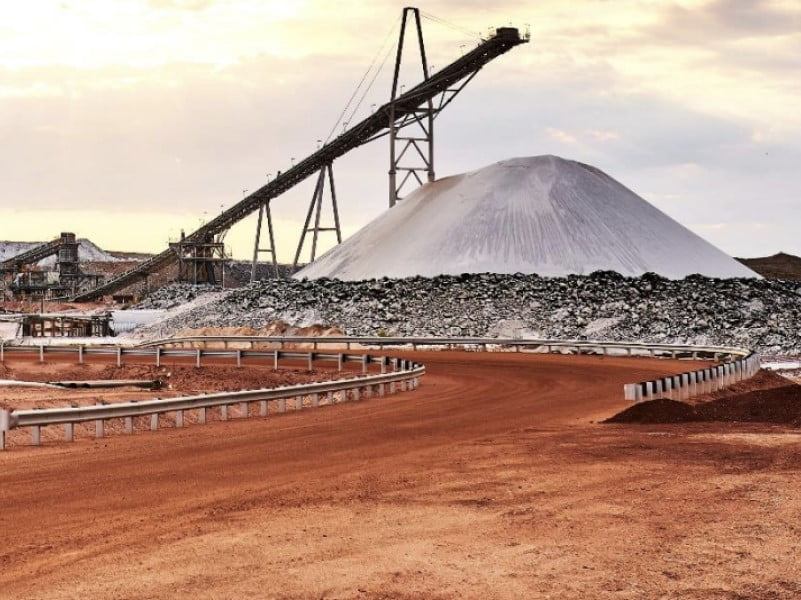The federal government has opened the funding taps on a range of measures specifically designed to get Australian critical minerals projects locked into the global supply chains.
The new Supporting Australian Critical Minerals measure includes $80.5 million over four years from 2023-24 to support the local critical minerals sector to “build diverse and competitive supply chains, attract international investment and transition to net-zero”.
The funding includes a substantial international engagement campaign – $57.1 million over four years – to promote Australian projects with key global partners.
While the bulk of the funding ($50 million over four years) lands in the Industry, Science and Resources portfolio, the measure includes $6.7 million over four years to Austrade, $2.1 million to Treasury and $400,000 to the Department of Foreign Affairs and Trade.

The measure also includes a further $23.4 million over the forward estimates for the Industry department, for critical minerals policy development, including projects that will showcase Australia’s environmental, social and governance (ESG) credentials to potential international partners.
Australia is a world leader in the production of critical minerals, including lithium, titanium, zircon, rare earths and cobalt. As a result, the government says Australia is well placed to benefit from the projected increase in global demand for these critical minerals, including the potential for lithium demand to grow by 40 times by 2040.
The focus on international supply chains – and unlocking this critical minerals’ potential – is aimed at underpinning climate change mitigation, the prosperity of the nation, as well as global security.
The Budget also outlined new funding measures to ensure that Australia’s policy and regulatory settings enable industry, including the resources sector, to “contribute to the global transition to net-zero”.
“These setting will help industry to capitalise on the opportunities of a low-emissions economy, while reducing their own emissions,” the Budget papers said.
“The government’s commitment to reach net zero by 2050 requires leadership on technology and skills development and industry buy-in to drive the manufacture of renewable technologies.”
This includes the $14.8 million Powering Australia Industry Growth Centre aims to drive advanced technology and skills development for companies looking to manufacture renewable energy technologies in Australia.
Further, the National Battery Strategy is aimed at supporting Australia’s intention to build “a sustainable, thriving, end-to-end battery strategy”, as well as a pipeline of potential investment targets for the National Reconstruction Fund.
More 2023 Budget coverage:
Chalmers stumps up $392m for new Industry Growth Program
Budget lays out $2bn for government tech overhaul
Budget 2023: $2bn for green hydrogen production credits
Defence commits $151m to AUKUS pillar two
My Health Record gets $429m for technology upgrade
Govt backs Quantum and AI industries with $101m
STEM programs get a tickle rather than an upgrade
myGov gets Budget certainty, new money flows to Digital ID
APS in-house consultancy locked in with $11m
eSafety resources quadruple as national cyber office funded
Do you know more? Contact James Riley via Email.

